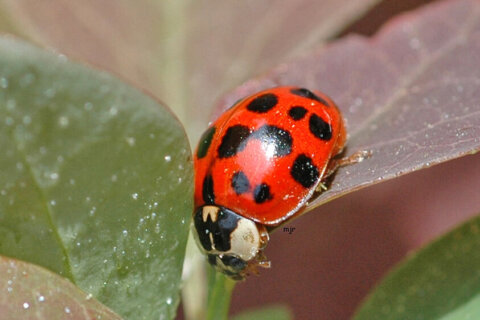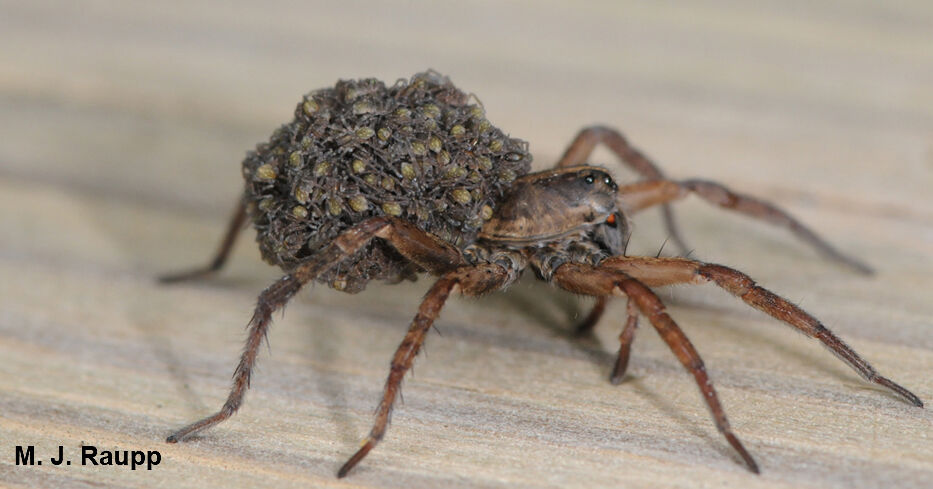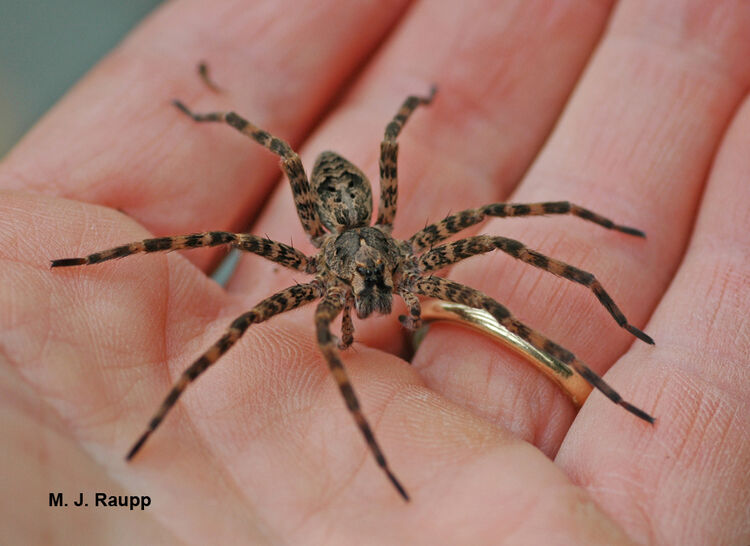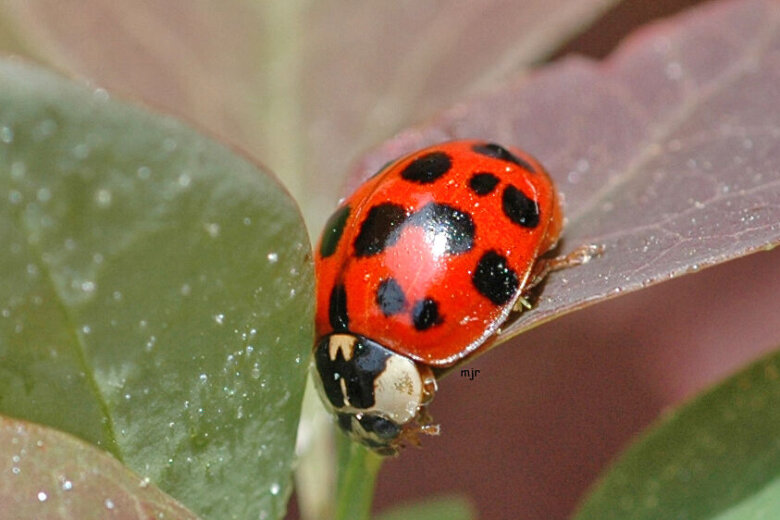
After a summer brimming with dayslong heat waves, vicious storms and the standard D.C. area mugginess, fall is beginning to get underway. Unfortunately, the change in temperature and a global change in climate may be offering local insects and invasive species more time to breed.
Michael Raupp — often deemed The Bug Guy — is an entomologist and professor emeritus at the University of Maryland in College Park, and has spent some time studying the “dreaded, invasive” spotted lantern fly. He told WTOP that these bugs, and many others outside the western Maryland research plots he works in, are living longer and reproducing more than they otherwise would.
“With climate change, what we’re finding is spring arrives much earlier, and winter arrives much later. And this simply gives many different kinds of insects more time to breed, have more populations,” Raupp told WTOP.
Insects like the Japanese beetle or spongy moths normally get one generation a year. Unfortunately, other pests like mosquitoes and spider mites have multiple generations every year.
“What this means is they can start earlier, their populations can build more rapidly and they can go later before winter puts an end to their shenanigans,” Raupp said.
Part of the issue is a longer growing season, he said, allowing for more generations of arachnids and aphids to crawl out of the ground and get right to work making young insects. The other issue, however, is environmental.
Raupp said that most insects develop rapidly while warmer temperatures linger around and, as winter weather appears later and later in the year, bugs gain more and more time to breed.
“So their development is directly linked to temperature,” he said. “The hotter it is, the faster they develop. Again, this translates into more generations for many, many kinds of insects.”
These insects can take up some space in your home, living rent-free as the seasons change.
“You know, I wake up in the morning and I go in to take my shower, and bam! There’s a wolf spider in the bathtub or a silverfish,” Raupp said. “This is the time of year that many insects which normally would be outside are beginning to come inside.”

Thankfully, there are some simple ways of navigating the spike in insects you may see in and around your garden.
To keep pests out, you can find those drafty places in your home — think windows, cracks in doors or areas near air conditioning units — and get to caulking. Blocking those areas and improving the weather stripping around your home can help keep bugs out of your home to begin with.
However, once these bugs make their way indoors, it’s your call on how to evict the critters.
“Just pick up that dust buster, a vacuum. You can vacuum these guys up and eliminate them in any way you like or, if you want, put them back outside where they’ll help eat pests next season in your landscape,” Raupp said.

WTOP’s Kate Ryan contributed to this report.









